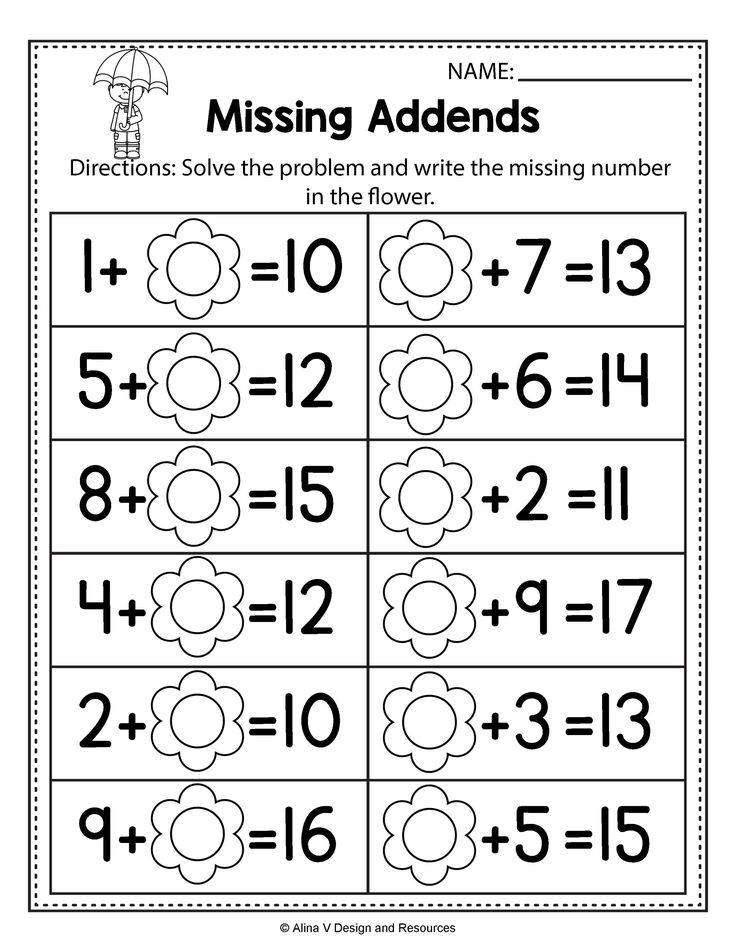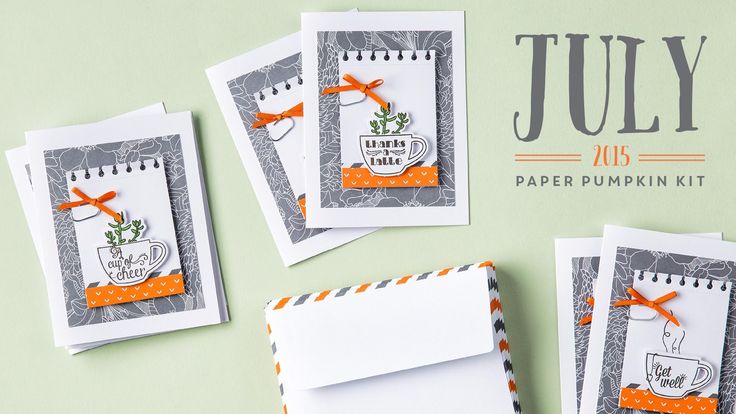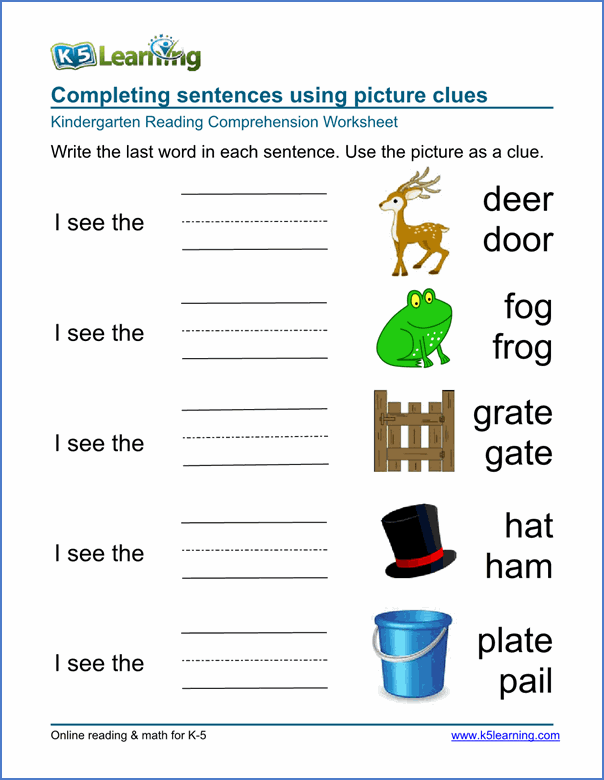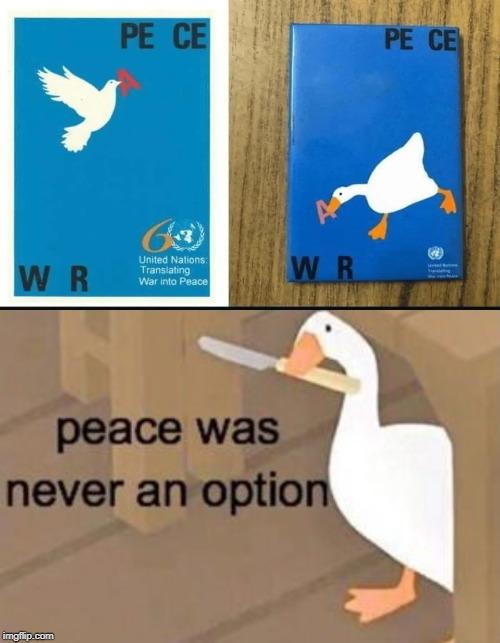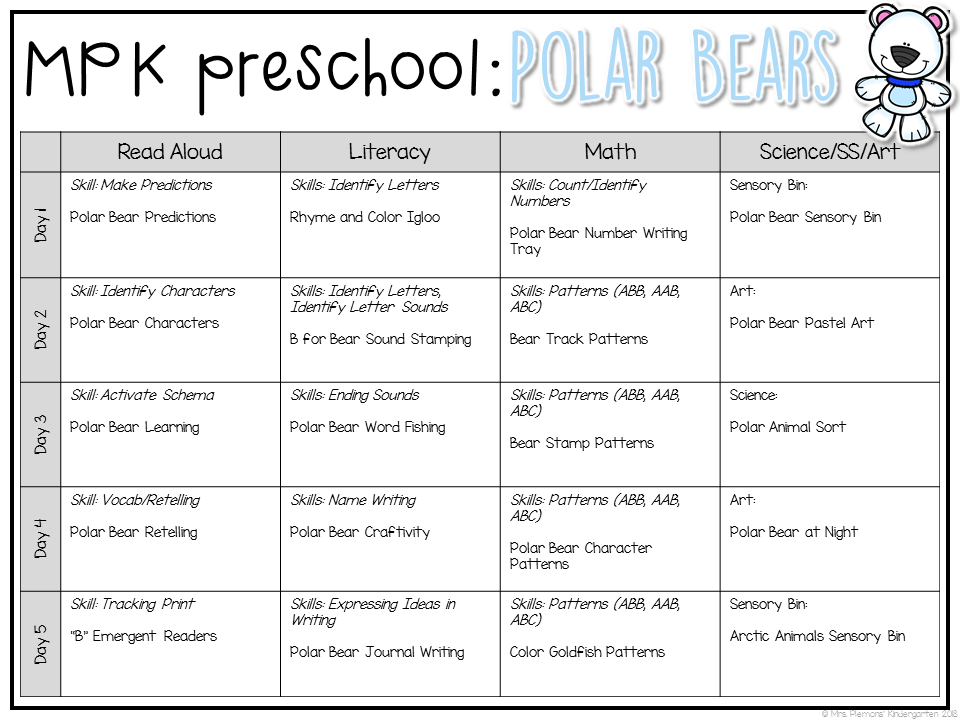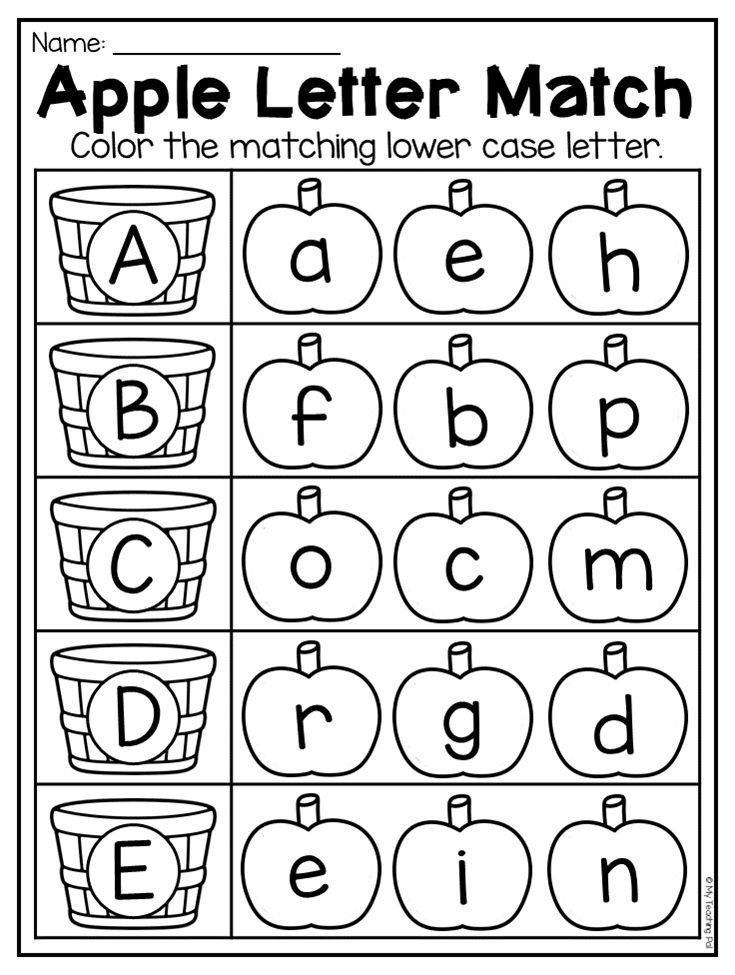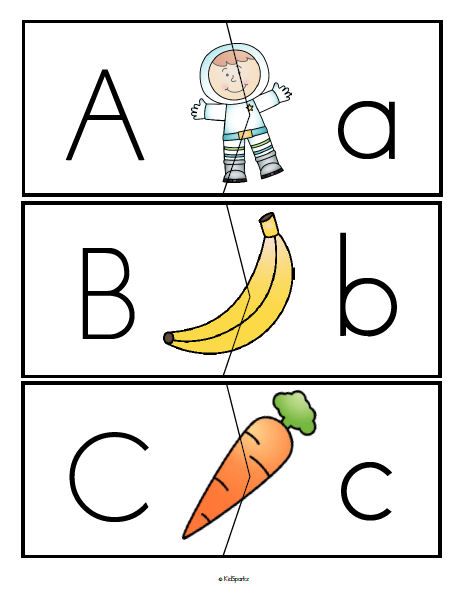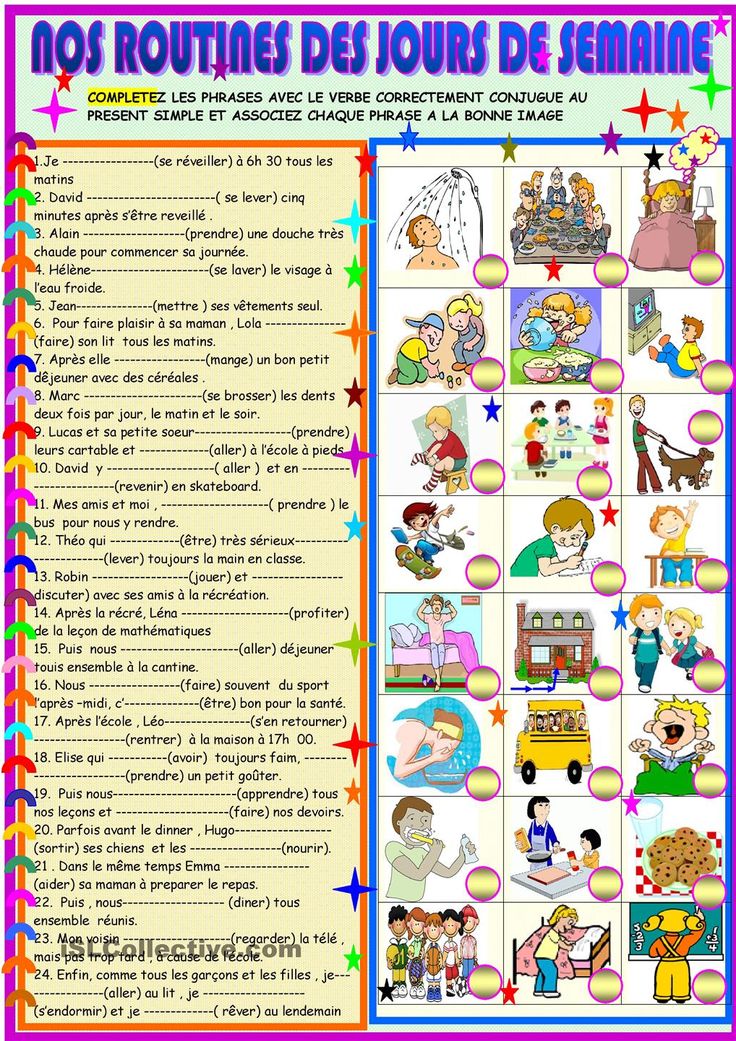Activities to teach vowels
Fun and Quick Short Vowel Activities
Short vowel sounds tend to be fairly difficult for students to learn. They may have trouble distinguishing some of the sounds, such as ‘i’ and ‘e.’ This means they need lots of practice, using fun and quick short vowel activities for listening and also for reading.
When students start out with a weakness in the discrimination of vowel sounds, it follows that their spelling will suffer. And until they can master these sounds they will unfortunately struggle with reading across all grade levels.
Easy Short Vowel Activities
Teaching with visual and kinesthetic activities are effective ways to help your students with short vowels sounds.
Sand WritingPrepare this activity well in advance by starting a collection – a pack of paper plates is probably cheapest, but you can use anything you have spare – sand trays don’t need to be pretty! Add salt or sand – colored sand is always great fun! Just pour some sand onto your chosen objects for each of your students.
Then say a short vowel sound, or a word containing that sound. Students can then write the letter in the sand while saying the sound and/or letter name. Another option for sand writing is to use the free Sand Draw app! Definitely less messy! Add magnetic letters for those students who still require some help with letter formation.
This simple but effective activity is a quick way for students to practice distinguishing short vowel sounds. You will need some picture cards. Have students work with no more than 2 or 3 sounds at a time. They can sort the pictures into columns or rows based on the vowel sound. They should then name each picture and say the vowel sound aloud.
Short Vowel Craft Stick ‘Puppets’These are super fun to make! Every classroom usually has loads of these lying around in boxes somewhere! Perfect for craft, but also perfect to make fun short vowel ‘puppets’ – students just love them! If you don’t have any, they can be bought cheaply from Amazon.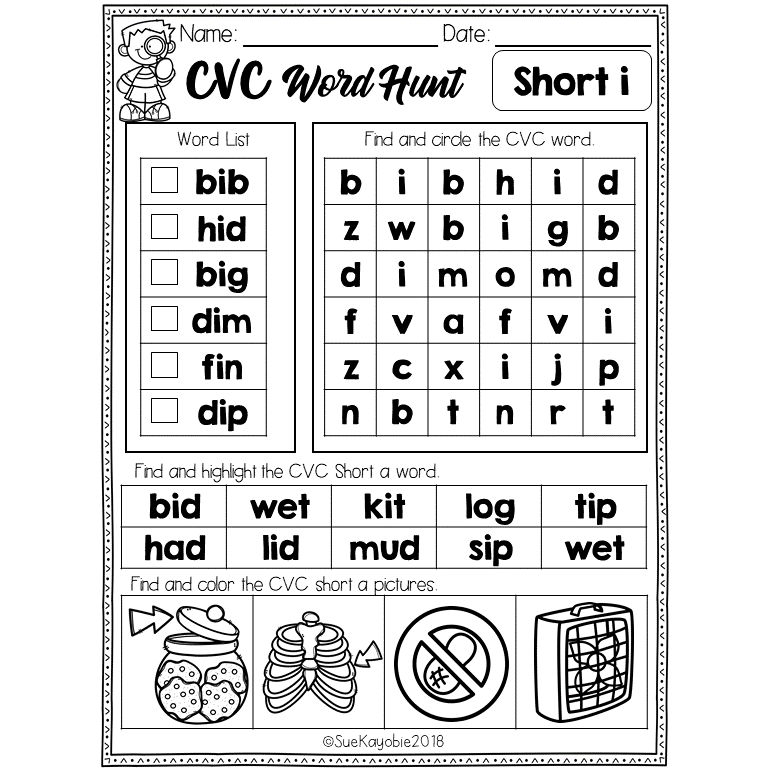 I use the giant craft sticks, as these are less fiddly for little hands.
This pack of 500 is a great deal with a 43% discount (affiliate). The teacher should say a word, students repeat the word, identify the short vowel sound and hold the correct ‘puppet’ aloft. Begin by asking them to say the sound as they hold up their puppets, but this could also be extended to the letter name and sound. Example: A says /a/
I use the giant craft sticks, as these are less fiddly for little hands.
This pack of 500 is a great deal with a 43% discount (affiliate). The teacher should say a word, students repeat the word, identify the short vowel sound and hold the correct ‘puppet’ aloft. Begin by asking them to say the sound as they hold up their puppets, but this could also be extended to the letter name and sound. Example: A says /a/
When completing these sorts of activities, students can often appear to be successful, but it is important to remember that the real test comes when they actually begin to apply their learning in the context of reading ‘real’ texts. However, many students may require a transition stage, where they practice fluency first. Fluency strips are the perfect solution! They read a strip full of words, where the short vowel changes with each word. Students are required to pay very close attention to the changes.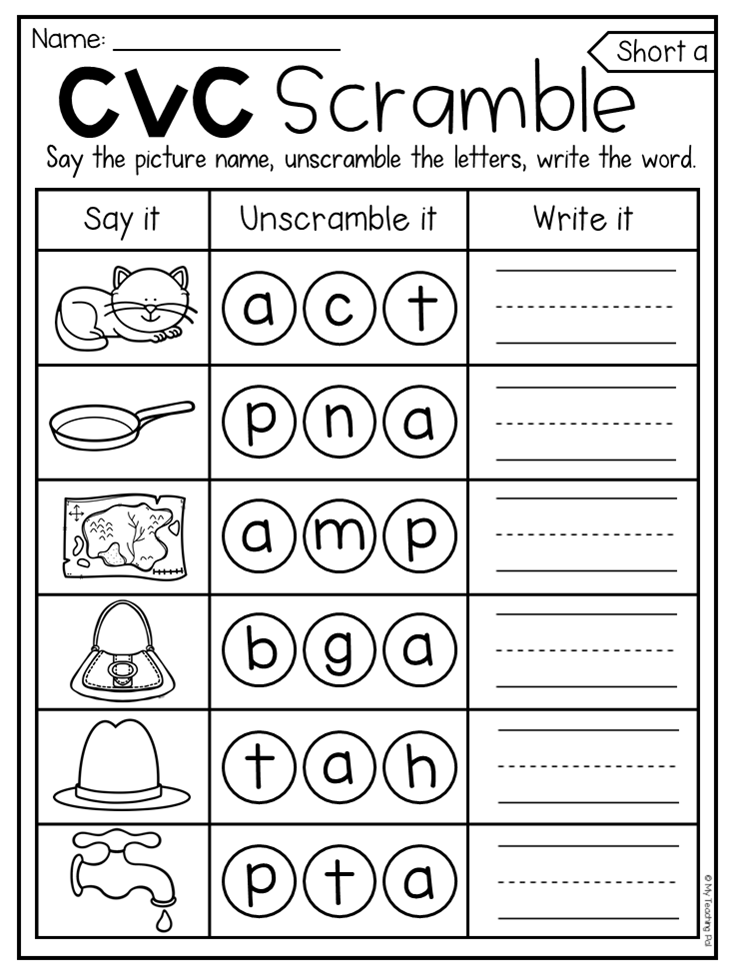 This type of activity is great for transitioning to ‘real text’. They are also useful in small group work, where students can demonstrate the progress they are making with accuracy and pace.
This type of activity is great for transitioning to ‘real text’. They are also useful in small group work, where students can demonstrate the progress they are making with accuracy and pace.
extension game
Short ChunksUse letter cards or magnetic letters to make word chunks with the vowel sounds. For example, you can chunk ‘a’ and ‘m’ together to make -am. Then brainstorm to make as many words as you can out of that chunk, such as ‘ham’ or ‘ram.’ There are so many variations of short chunks in this activity that you may want to do a quick 5 minutes in the morning or before dismissal. I have also completed this activity in teams, with a timer – rewards for winners should be made clear beforehand!
Incorporating CVC practice all year long, in as many ways as possible, will set your students on the road to being good readers. How do you practice short vowel sounds?
you may also be interested in reading:
- Fun Ways To Teach CVC Words
- Ideas for Teaching Digraphs
cvc resources you may wish to explore:
CVC Words Cut and Glue Worksheets | Short Vowels | Word Families
CVC Words | Small Group or Center Activities | Real and Nonsense Words
CVC Words Class Games | Bingo | Write The Room | Follow Me
CVC Words Center | Write and Wipe Cards | Word Work Activity
CVC Words Family Houses
CVC Words Family Houses Activity Worksheets
CVC Words | Word Families | Worksheets Games and Center Activities | BUNDLE
5 Easy Short Vowel Activities to Make Your Phonics Lesson POP! -
Let’s chat about 5 easy short vowel activities that will pop in your classroom.
 I know sometimes these short vowel lessons can get a little boring in the classroom. Do you ever get bored teaching short vowel lessons?
I know sometimes these short vowel lessons can get a little boring in the classroom. Do you ever get bored teaching short vowel lessons?We’ve talked about teaching phonics explicitly during reading instruction…it’s important!
What is the Difference Between Short Vowels and Long Vowels?
After reading the article from Classroom, they sum it well, “As the name would imply, short vowels have a much shorter pronunciation than long vowel sounds.”
Short vowels will make a shorter sound, whereas long vowels have a longer sound, saying the vowels’ exact name. Long vowel sounds allow the speaker to move their mouth from a closed position to an open one.
When dealing with short vowels, it will be 1 vowel closed in by a consonant or consonants. Examples: man, wet, fish, tub, moth
Long vowels have many more complicated spelling patterns. There are vowel teams, the magic e, open syllables, and more!
What are the Short Vowels?
As Classroom states, “Short vowels produce only one sound and do not require the speaker to open his mouth very wide.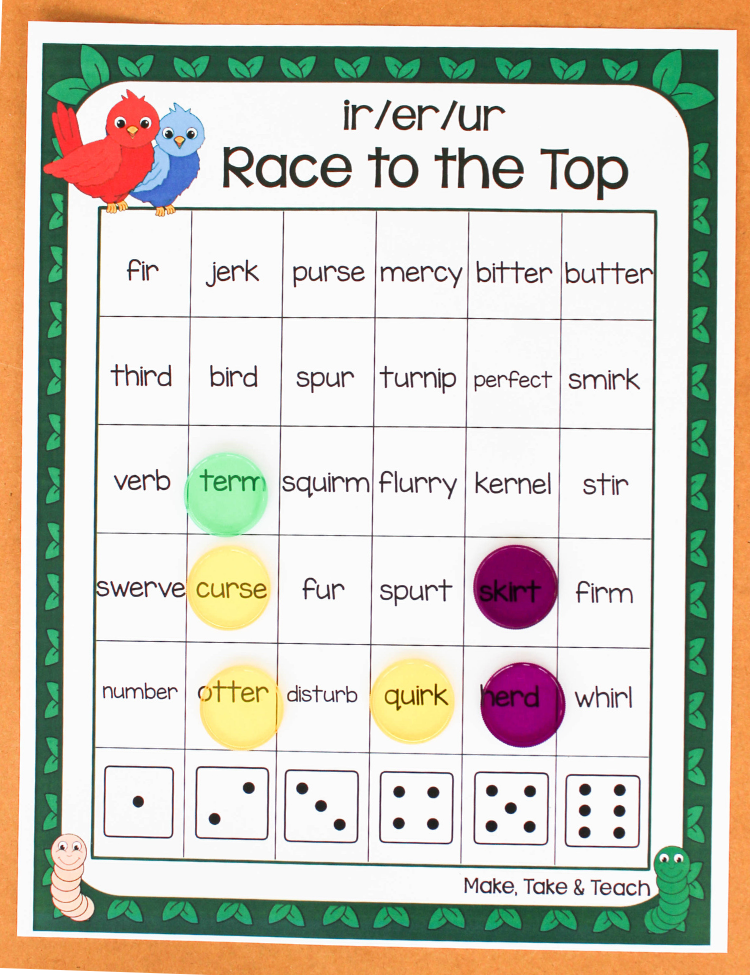 The speaker’s jaw is relaxed and barely moves during the production of short vowel sounds. The speaker’s tongue is placed in different positions but is also usually relaxed. Short vowels can occur in stressed syllables, such as “o” in offer, or unstressed syllables, like the first “o” in tomato.”
The speaker’s jaw is relaxed and barely moves during the production of short vowel sounds. The speaker’s tongue is placed in different positions but is also usually relaxed. Short vowels can occur in stressed syllables, such as “o” in offer, or unstressed syllables, like the first “o” in tomato.”
As a former first-grade teacher and current reading specialist, I like to start the school year off by teaching the short vowel sounds. What are the short vowels? A, E, I, O, and U!
The vowels are closed in by a consonant or consonants to make the short vowel sound. Watch this video on my Instagram to see it in action! Read more to learn more about the 5 Easy Short Vowel Activities!
5 Easy Ways to Teach Short Vowels
Using a sand tray to practice letters and perfect to practice short vowels. An example of using a vowel intensive drill to practice short vowel sounds. Using a house to practice open and closed syllables.Let’s discuss 5 easy short vowel activities! These 5 ideas will help the students grasp the concept of short vowels while having fun!
- Add Movement! When you teach the short vowel sounds, incorporate a movement for each sound.
 For example, for the short a sound…students can place their hand under their chin to feel the movement. Multi-sensory techniques will help make more brain connections as the students these short vowel sounds.
For example, for the short a sound…students can place their hand under their chin to feel the movement. Multi-sensory techniques will help make more brain connections as the students these short vowel sounds. - Closed Syllable Houses! Have the students make a little house with a door. Cut the door so it opens and closes. Laminate to reuse! Write CVC words onto the house to show how the consonant closes in the vowel and makes the vowel. This post will explain more about open and closed syllables! Here is my Instagram Reel that shows closed syllables in action.
- Sand Trays! Pour sensory sand or play sand onto a tray or plate. The teacher will say a sound, the students will write the corresponding vowel into the sand. Step it up by having the teacher say a word, the students will write the vowel into the sand.
- Vowel Intensive Drill: In Orton Gillingham, a wonderful way to practice the short vowel sounds is the vowel intensive drill.
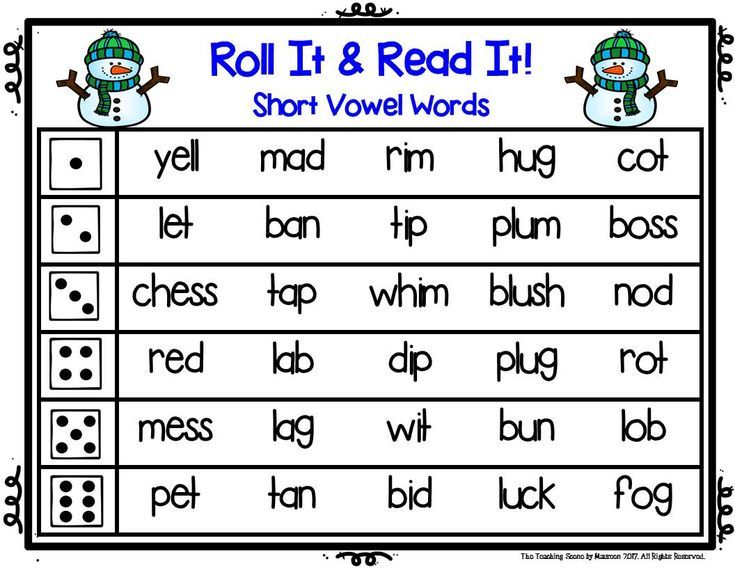 Each student will have the 5 vowels on separate notecards, in a little tent. See the photo below! The teacher will say a short vowel sound, the students will hold up the corresponding card. For example, if the teacher will say /ă/, the students will hold up the card. The students love this practice and it is a perfect multi-sensory activity.
Each student will have the 5 vowels on separate notecards, in a little tent. See the photo below! The teacher will say a short vowel sound, the students will hold up the corresponding card. For example, if the teacher will say /ă/, the students will hold up the card. The students love this practice and it is a perfect multi-sensory activity. - Use Visuals! Try out my teaching slideshow, “We Love Short Vowels”. It provides example words for each short vowel. The students can practice reading many words as they learn all about the short vowels. It also includes corresponding worksheets to practice each short vowel.
I hope you can incorporate some of the 5 Easy Short Vowel Activities in your own classroom.
Can’t I Just Teach Word Families?
Years ago as a teacher, I would begin each school year teaching word families. To begin, I’m not saying word families can’t have a place in the classroom, but it can’t be the only way short vowels are taught. Use word families as a strategy to teach short vowels, but not the ONLY way!
Use word families as a strategy to teach short vowels, but not the ONLY way!
All About Learning Press has an argument against relying solely on word families in your teaching.
“If you stop there—just teaching word lists grouped by word families—you will be severely disappointed in your teaching efforts.
Why? Because if you use word families incorrectly, students may end up just following the “pattern” of that particular lesson, blindly zipping through the spelling words without really learning them. What you intended to be educational and insightful becomes an exercise in following patterns—and the time you spent teaching spelling goes down the drain because your child can’t actually spell those words outside of the neatly organized list.
Another downfall of overemphasizing word families is the risk that your child will pay too much attention to the ends of words, skipping over the first part of the word to get to the answer. Instead, we want the student’s eye to start at the beginning of the word and move to the end of the word. Encouraging his eye to start at the end of the word and then jump back to the beginning of the word is reinforcing incorrect eye movement. We don’t want to reinforce dyslexic tendencies.”
Encouraging his eye to start at the end of the word and then jump back to the beginning of the word is reinforcing incorrect eye movement. We don’t want to reinforce dyslexic tendencies.”
“Use word families as a strategy to teach short vowels, but not the ONLY way!”
-RIndy Roberts, Learning with heart
By teaching the students to look from the beginning of a word to the end of a word, will be beneficial when they come to words with suffixes.
What about the science of reading?
I made a free guide for teachers and parents to make it easy to incorporate the Science of Reading with their students. The research behind the Science of Reading is so intriguing and I wanted to share how I incorporate it daily into my instruction.
I wanted to make it SIMPLE for teachers to make this shift to teaching phonemic and decoding skills explicitly.
Short Vowels & The Science Reading?
The science of reading is key when you are teaching.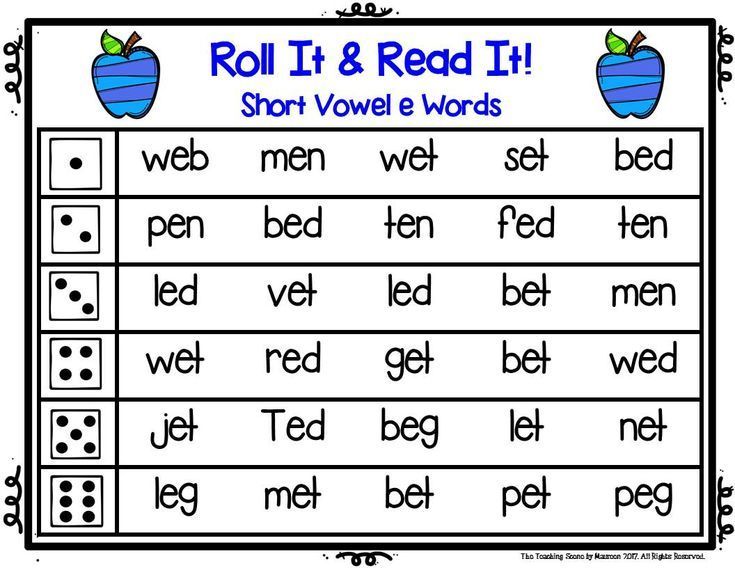 First, based on much research, teaching phonics explicitly will benefit all children. According to Secret Stories, “Decoding is essential to reading. It allows kids to figure out most words they’ve heard but have never seen in print, as well as sound out words they’re not familiar with. The ability to decode is the foundation upon which all other reading instruction—fluency, vocabulary, reading comprehension, etc… are built.”
First, based on much research, teaching phonics explicitly will benefit all children. According to Secret Stories, “Decoding is essential to reading. It allows kids to figure out most words they’ve heard but have never seen in print, as well as sound out words they’re not familiar with. The ability to decode is the foundation upon which all other reading instruction—fluency, vocabulary, reading comprehension, etc… are built.”
“Teaching phonics explicitly will benefit all children.”
The Orton Gillingham approach uses multi-sensory learning techniques to teach decoding, encoding, and blending sounds to build successful readers. Based on the Orton-Gillingham Academy, “The Orton-Gillingham Approach is a direct, explicit, multisensory, structured, sequential, diagnostic, and prescriptive way to teach literacy when reading, writing, and spelling does not come easily to individuals, such as those with dyslexia. It is most properly understood and practiced as an approach, not a method, program, or system. In the hands of a well-trained and experienced instructor, it is a powerful tool of exceptional breadth, depth, and flexibility.”
In the hands of a well-trained and experienced instructor, it is a powerful tool of exceptional breadth, depth, and flexibility.”
I have been using the Orton Gillingham approach in my classroom for 3 years now. By using this multi-sensory learning approach, the students are more likely to grasp and retain what they learn. Read more about why I love Orton Gillingham here!
Orton Gillingham phonics program has made such a difference in my classroom. It is a multi-sensory phonics curriculum. In the first grade curriculum, it builds on the correct letter formation in handwriting and the sounds the letters make.
The Orton-Gillingham Approach is multi-sensory and structured to teach reading, writing, and spelling.
It is commonly used for students with dyslexia, but can be used to help all students feel more confident when they read and write!
Resources to Help With Short Vowels
I have created the “We Love Phonics” program to make it easier for teachers to introduce and teach phonics skills.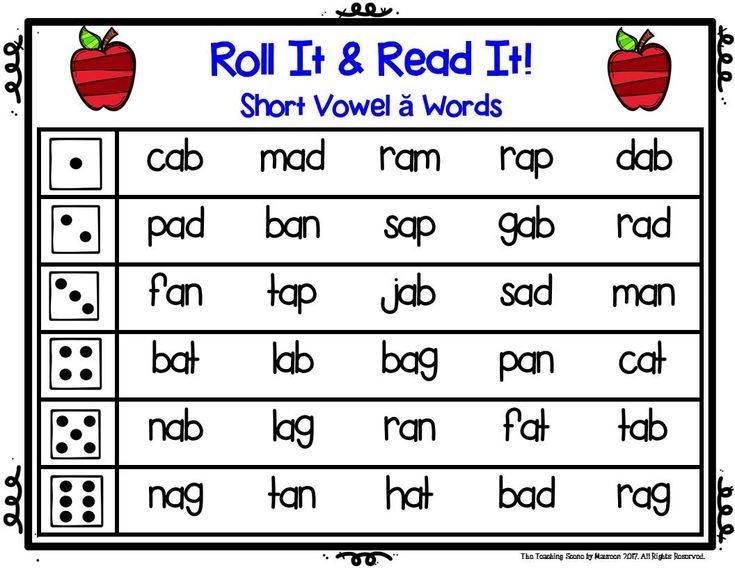 I have created a resource that will guide you for an entire school year, with lesson slideshows and worksheets that correspond to each skill.
I have created a resource that will guide you for an entire school year, with lesson slideshows and worksheets that correspond to each skill.
The short vowel resource will cover all 5 easy short vowel activities. The Open/Closed Syllable resource will explain how to break words into syllables, and the explanation of closed syllables with the short vowel sound. What are your favorite ways to teach short vowels?
This product will help with the steps to distinguish between open and closed syllables.Would you like the FREE Science of Reading Guide? Check out this FREEBIE!
Abstract of a lesson in teaching literacy "Learning vowels and consonants with Masha" | Literacy training plan (preparatory group):
Municipal Budgetary Educational Institution kindergarten No. 1 "Kolosok" of the Komsomolsky district of the Chuvash Republic
Summary of teaching literacy with children of the preparatory for the school
on the topic:
"Learn vowels and consonants with Masha"
| Prepared by: speech therapist MBDOU Kindergarten No. |
Komsomolskoye, 2019
Goal: Teaching children the ability to differentiate sounds into vowels and consonants
Objectives:
Educational:
- Continue learning to divide isolated sounds into vowels and consonants by observing your voice and articulatory organs;
- Continue learning to highlight 1 sound in a word and correlate it with a certain color, depending on whether the sound is a vowel-consonant;
- Continue to learn how to analyze the sound of the word; nine0031
- Exercise in the ability to select words for a given scheme.
Developing:
- Develop auditory attention and phonemic hearing;
- Develop auditory memory, thinking.
Educational:
- Continue to develop the ability to act according to instructions;
- Continue to teach to listen carefully to an adult, to be active.
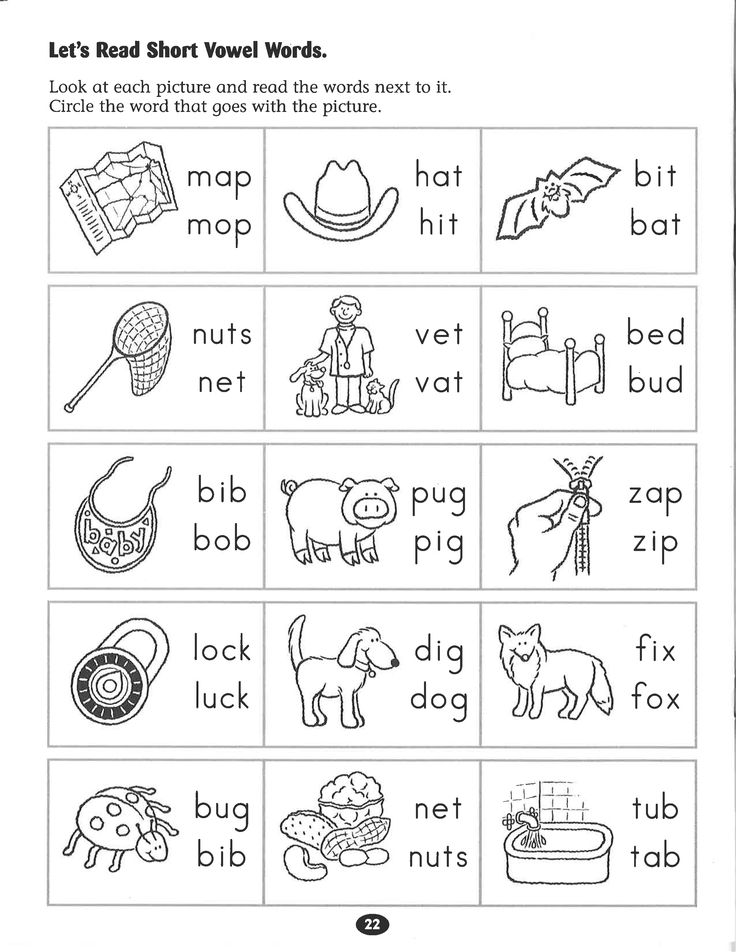
Course of the lesson
Organizational moment
- Good afternoon, guys! Look who came to visit you today? Did you recognize her? (shows the doll Masha from the cartoon "Masha and the Bear") Of course, this is Masha! She, like you guys, is going to school soon. Misha prepared tasks for Masha to check if she is ready for school. (The teacher shows a closed box with the inscription "Masha") But, Masha is afraid that she will not cope with the tasks alone. Well guys! Are you ready to help Masha? (Yes) Get ready and you Masha listen carefully and memorize! nine0003
- Dividing sounds into vowel and consonant
- Before going to school, we must learn to hear all the sounds in a word and determine which sound is a vowel or a consonant. So let's make a sound! (Children sing the sound A). Does the voice come out freely? (Yes!). That's right, the voice comes out freely, which means the sound is a vowel. Let's make the sound C! (Children pronounce) Does the voice come out freely or is something preventing it? (Answers of children).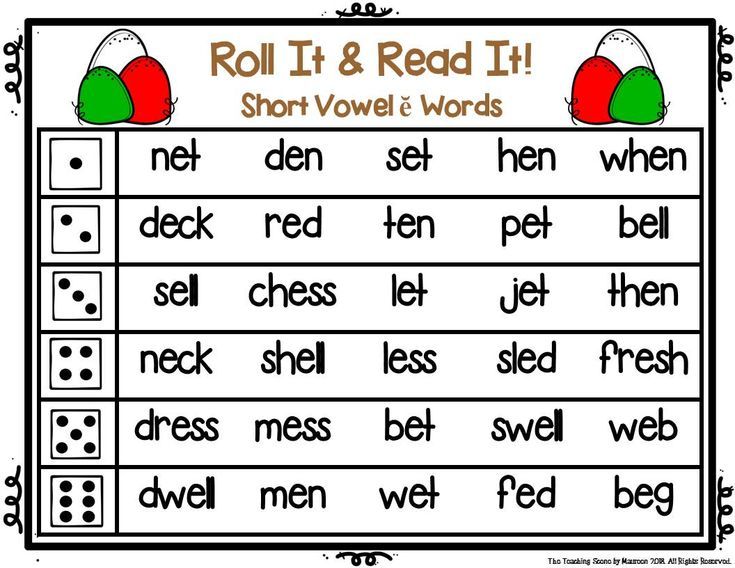 The voice meets an obstacle in the form of teeth and tongue, which means the sound is consonant. (Next, the teacher pronounces the sounds O, Sh, M, U, Z, Y, E, D - the children determine whether the sound is a vowel or a consonant)
The voice meets an obstacle in the form of teeth and tongue, which means the sound is consonant. (Next, the teacher pronounces the sounds O, Sh, M, U, Z, Y, E, D - the children determine whether the sound is a vowel or a consonant)
2. The game "Determine what sound and raise the circle of the desired color"
- Guys, and you, Masha, must remember that we denote vowel sounds in red, the voice comes out freely, it is sung, nothing interferes with it (a picture is shown -scheme). We designate consonant sounds in blue, the voice meets an obstacle in the form of teeth, lips, tongue (a picture-diagram is shown)
I suggest playing a game. I will name the sounds, and you will determine the sound of a vowel or consonant and raise the desired color (The teacher calls the sound - the children raise the circles of the corresponding color)
3. Naming vowels
- So, let's name the vowels again. There aren't many of them. (Children call the vowels A, O, U, Y, E, I)
4. Task "Name the picture and stick a circle of the right color"
Task "Name the picture and stick a circle of the right color"
- Guys, we can distinguish between vowels and consonants. And now we are ready to help Masha complete one of the tasks in the package. (The teacher takes out a poster with pictures and self-adhesive mugs in blue and red). You must determine what sound the picture begins with and stick a circle of the desired color next to it. If the word begins with a vowel sound, glue a red circle next to it. If from a consonant, we glue a blue circle. (Children perform the first few pictures together with the teacher. Then each child goes to the easel, loudly calls the picture, and sticks the right circle)
- Well done guys! You did it. Let's move on to the next task from the package.
5. Game exercise "Put the pictures in the right houses"
The teacher takes out two cardboard houses with a red and blue roof, as well as pictures. In the center of the house, instead of windows, there are transparent pockets for inserting pictures.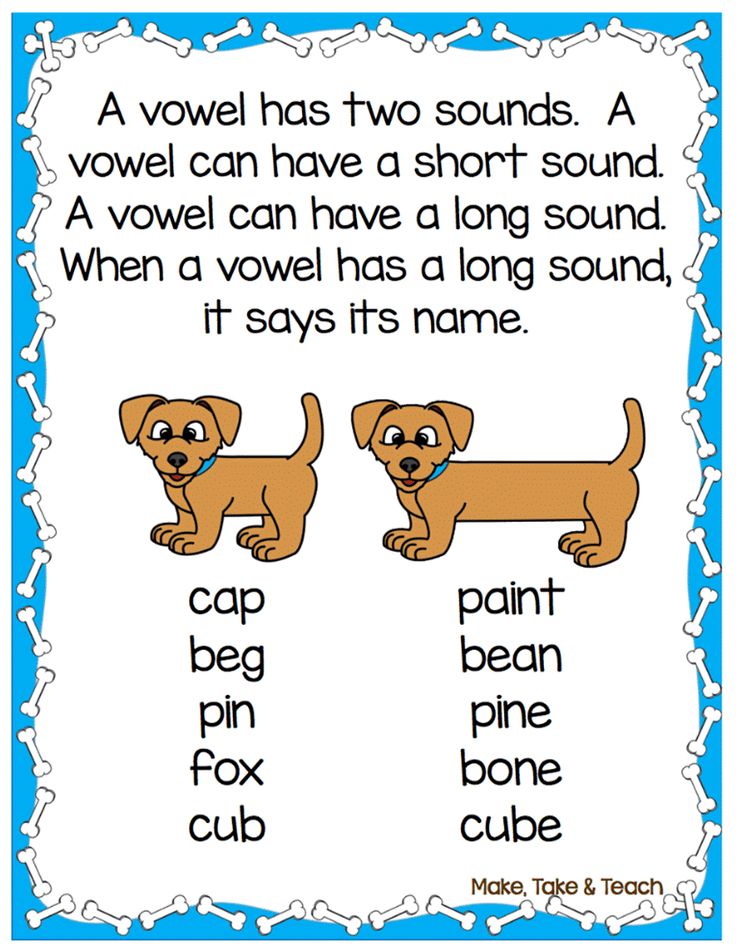
- Guys, in front of you is a house with a red roof and a house with a blue roof (The teacher fixes them on an easel). And also pictures. You will need to determine with what sound (vowel or consonant) the word in the picture begins and populate it in the right house. We will name the picture quietly, to ourselves. nine0003
6. Physical education
We know a lot of words on the vowel: Stork autumn duck hoar. (Children step on a red circle and jump on the spot) on the consonant, we also know: Beetle of firewood grass goat. (Children step on a blue circle and jump on the spot) And now, a friend do not yawn, you come correctly! (The teacher calls words to vowel and consonants, children step on circles of the right color). nine0003
7. Sound analysis of the word COM
- Let's move on to the next task from the premise. (The teacher takes out a poster and three circles: two blue ones and a red one) A riddle is written here. The mystery about the most beloved fish of Masha
A huge fish lies at the bottom, as if a block.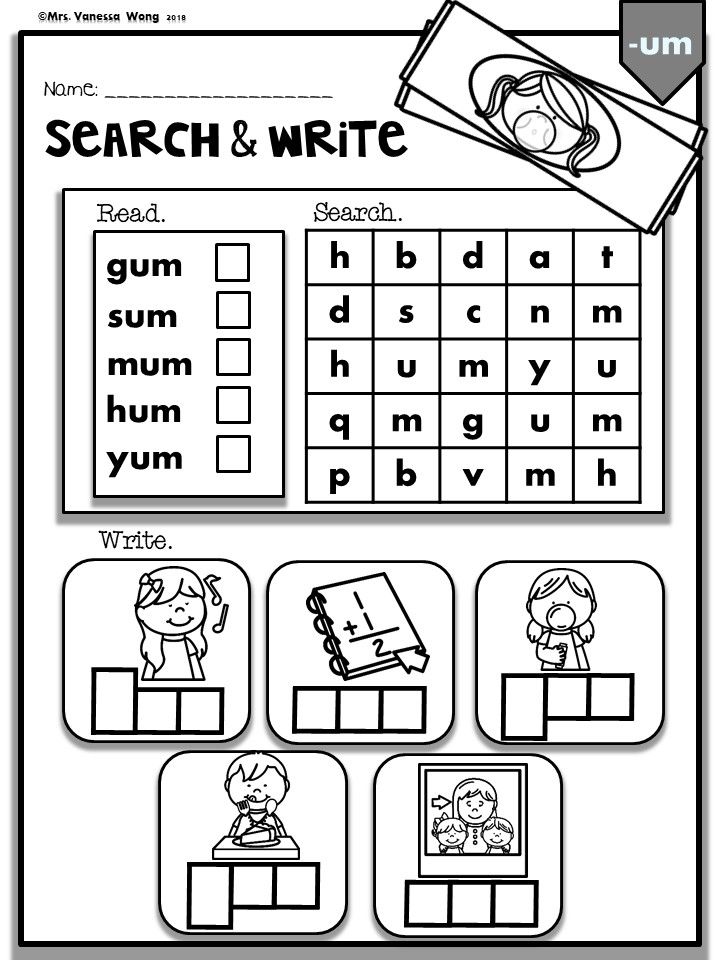 Lies, moves his mustache, does not tell the fish to yawn. There is a house in a deep pool, , , , , , , , , , , ,0003
Lies, moves his mustache, does not tell the fish to yawn. There is a house in a deep pool, , , , , , , , , , , ,0003
- We need to spell out the word COM using these circles. So, what 1 sound is heard in the word COM (Correctly C) C is what sound (Consonant). So, we put in a circle of what color (Blue) What sound goes on (Sound O) O - this is what sound (Vowel). So, lay out a circle of what color (Red). What we got (CO). Which sound comes next (Sound M). M is what sound (Consonant). So, we put a circle of what color (Blue) Name the consonant sounds in the word COM (M and C). What is the vowel sound in the word COM (O). Well done! nine0003
8. Selection of pictures for the scheme. Isolation and naming of consonants and vowels in words.
- Look at the pictures. (The teacher takes out a poster with pictures). Find and name the pictures that match our scheme. (Scheme is shown: blue, red, blue). Children name pictures. Then only consonants are called, and only vowels).
9.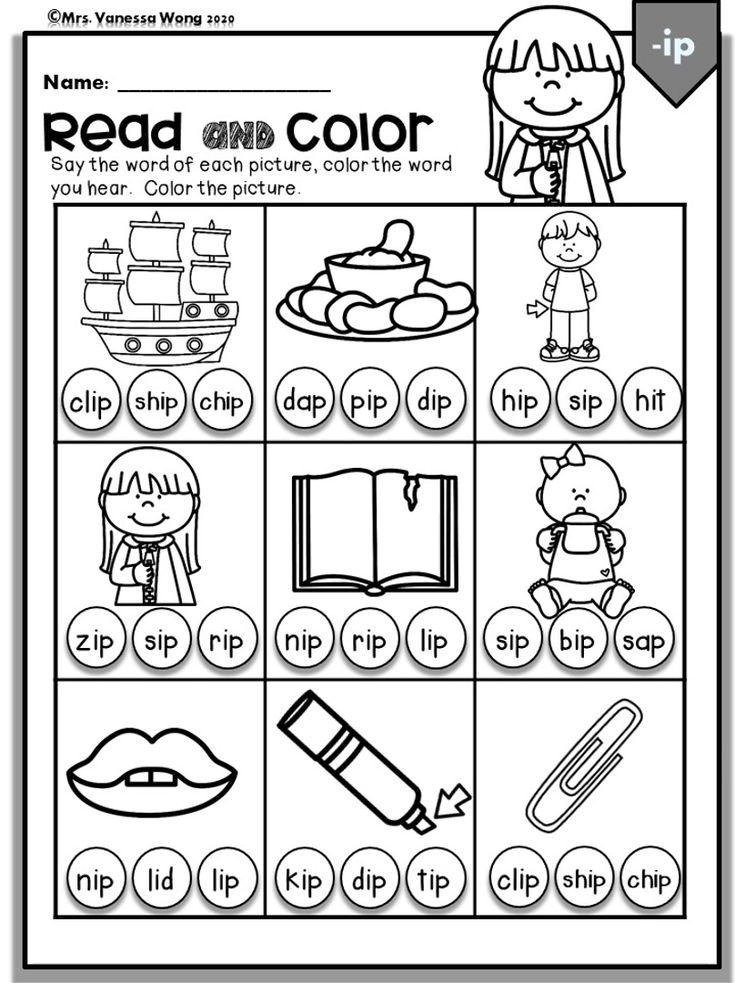 Summing up.
Summing up.
- Guys, you completed all the tasks from the package. Let's remind Masha again, what sounds are there? (Vowels and consonants) What color do vowels represent? (Red) Name the vowels (A, O, U, S, E, I). What words that begin with a vowel do you remember? (Answers of children). What about a consonant sound? (Answers of children). Guys, you were all great today! You completed all the tasks and helped our Masha! Now Masha can go to school with you! nine0003
Summary of GCD on teaching literacy on the topic: "Vowels" for children 6-7 years old | Plan-summary of a lesson in teaching literacy (preparatory group):
Abstract of organized educational activities
in teaching literacy
on the topic: "Vowels" for children 6-7 years old
Purpose: creating conditions for clarifying and consolidating knowledge for I semester.
Tasks:
Continue to teach children to conduct sound analysis of words using the rules for writing vowels and identifying the stressed vowel sound (ball).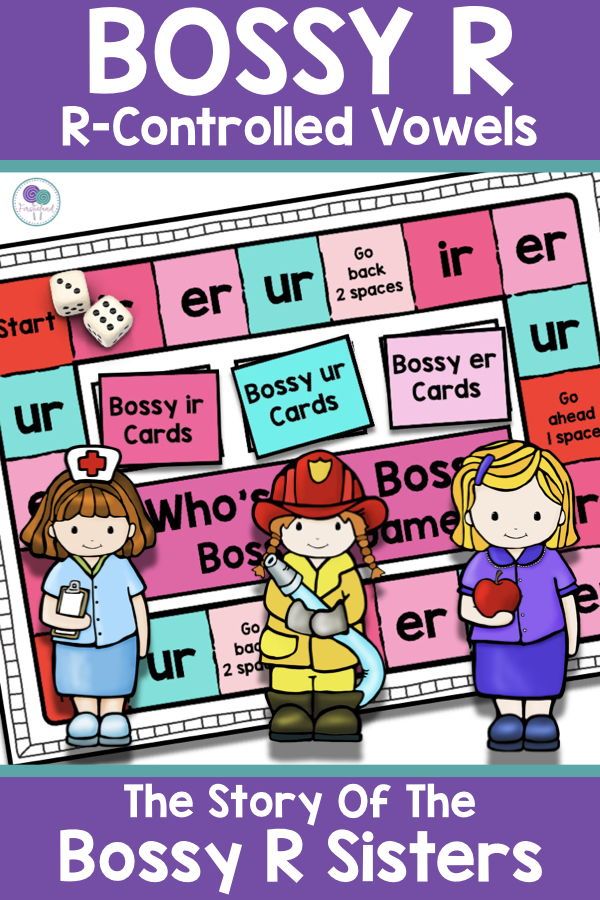 nine0003
nine0003
Teach children how to change words. Learn by ear to divide sentences into words, name them in order. Continue to learn to name words of a certain sound structure.
Equipment: chips, word scheme, pencils (simple, red, blue, green), blank sheets, 2 cards, vowel letters.
The course of educational activities:
- Organizational moment
- Guys, today I suggest you conduct an unusual lesson on teaching literacy, i.e. different than always. Want to? nine0003
- How is it different? Who guessed?
- Could it be a trip? Or maybe a quiz?
- That's right, competition!
- So today we will have winners! Each of you can become one, but someone can lose. But this does not mean that he will become bad or illiterate. He was just less fortunate than others. In addition, adults have an expression: You need to be able to lose !!!
- So today, guys, not only show your knowledge and skills in teaching literacy, but also the ability to be an adult. nine0003
- And what is a competition without a jury or judges? And you yourself will be them. If the task is completed correctly, then put a plus sign in the box, if the task is completed with an error, but you figured it out and understood, then you don’t need to put anything. The square remains empty. At the end, we count the number of pluses.
- Well, guys, how do you like this idea?
- Would you like to try?
- Main body
Let's start with a warm-up:
- What does our speech consist of? (from suggestions)
- What offers can be made? (short and long)
- What do sentences consist of? (words)
- What are words made of? (sounds)
- What are the sounds? (vowels and consonants)
- Vowel sounds - what are they? How many?
- What about the consonants?
- What can we use to write a word? (letters)
- How many vowels? (10)
- Why did you say 6 sounds and 10 letters? (4 letters make two sounds)
- Game "Be attentive".
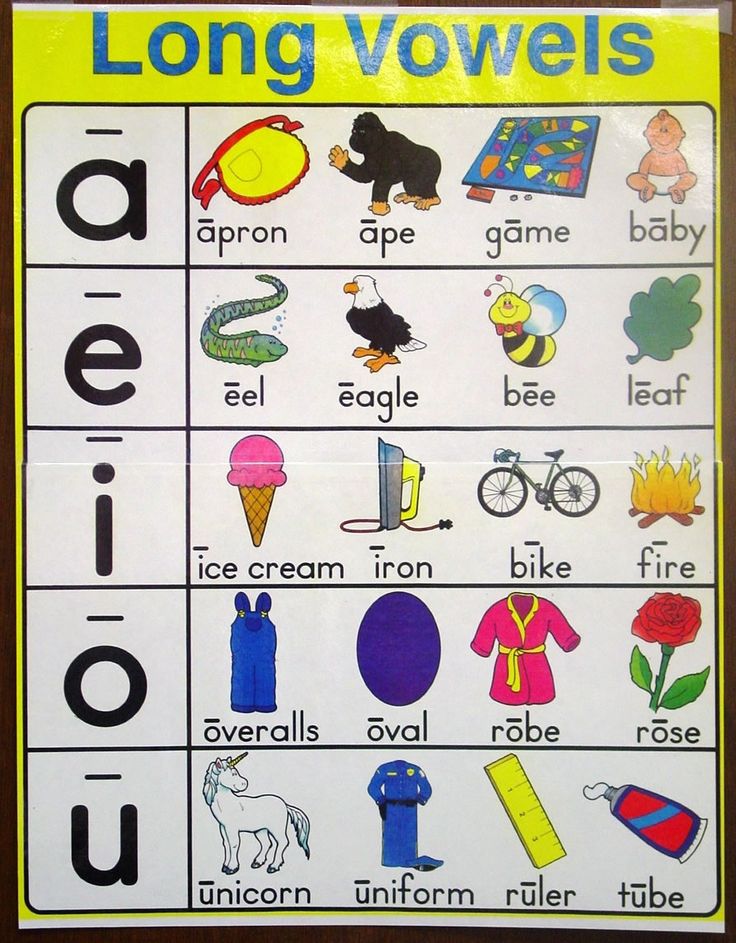
So we begin. Find the same card on your screen as on the screen.
- What is it? (letters)
Circle only the vowels.
- What needs to be done?
Put your pencils down and focus on the screen. If you have the same as on the screen, then put a plus sign in the first box. And if not, but correct the mistakes with a green pencil.
Pay attention to the screen, what is it? Why are they in two rows? nine0003
- Inflection.
Take the chips, put the word mal on the table.
- What needs to be done?
If you have the same as on the screen, then put a plus sign in the second box.
What vowel? The sound [a] on the letter is written with the letter a. Change the letter a to i. What word came out? What will happen to the schema? Replace and with s. What word did you read? Replace s with the letter e. What happened?
PHYSICAL MINUTE.
- Guys, I will pronounce sounds and syllables.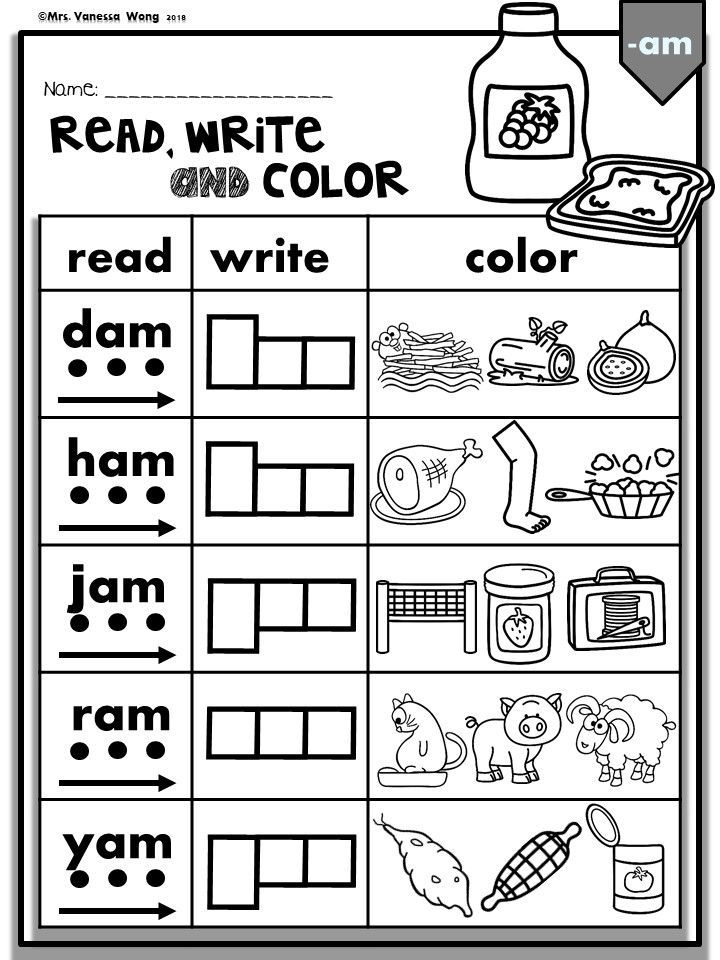 If I say a syllable, you stomp; if I say a sound, you clap. Repeat the task. nine0003
If I say a syllable, you stomp; if I say a sound, you clap. Repeat the task. nine0003
- Working on a proposal.
I invite Vika to the board. What's with Vicki? Vicki has a ball.
- What did we say? (sentence)
- How can we draw this sentence on a piece of paper? (using dashes)
Take a blank piece of paper and draw a diagram of the sentence. What sentence should be drawn?
If you have the same as on the screen, put a plus in the third box.
Take a blue pencil and check. nine0003
- How many words are in the sentence?
- How do you write the beginning of a sentence? (Capitalized)
- What letter do names and surnames begin with? (Capitalized)
- What is put at the end of a sentence? (Point)
- Sound analysis of the word ball.
- Guys, raise the green box if you are like me. Red - if different.
- What happened? Whoa?
- If you have the same as on the screen, put a plus sign in the fourth box.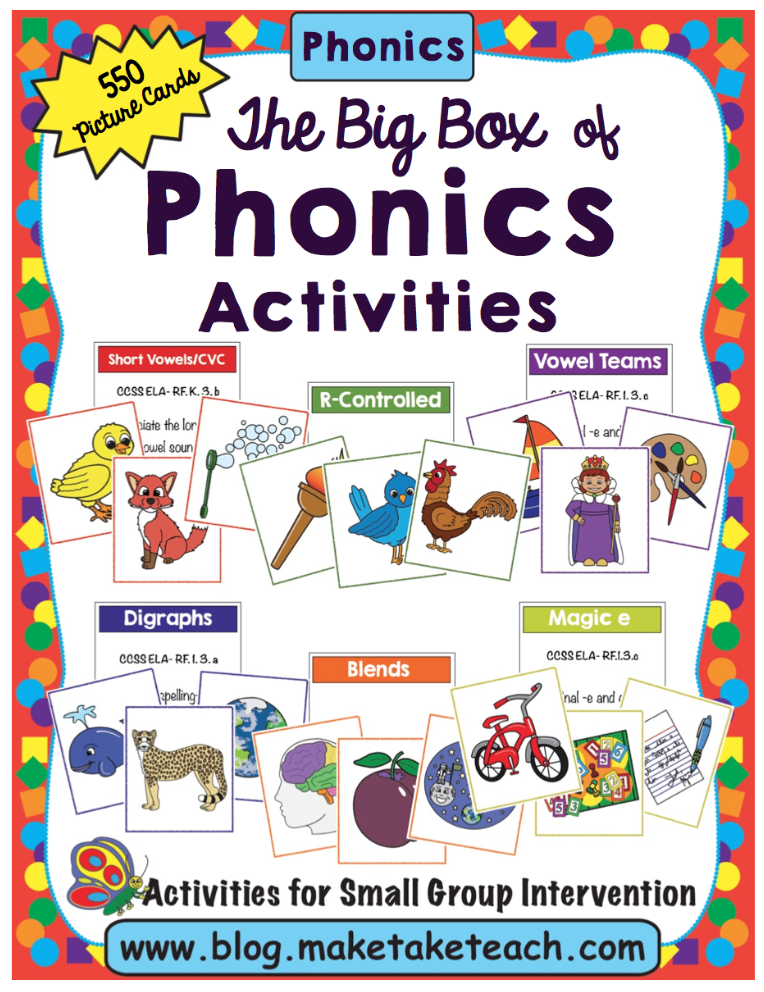

 1 "Kolosok" of the first qualification category of Nizamova Zilya Semigullovna
1 "Kolosok" of the first qualification category of Nizamova Zilya Semigullovna 